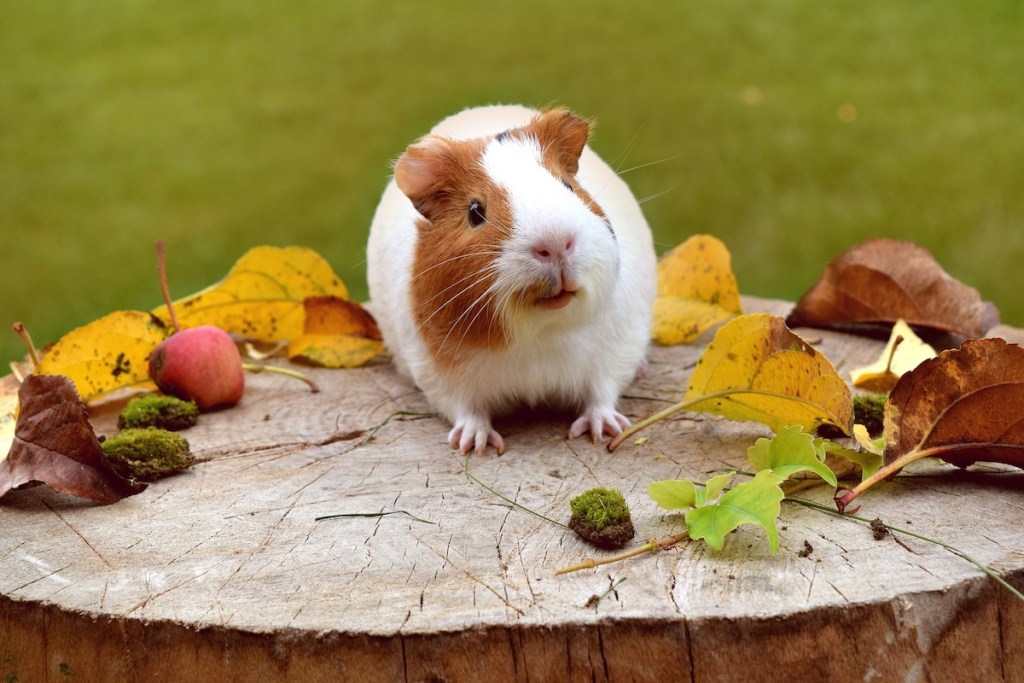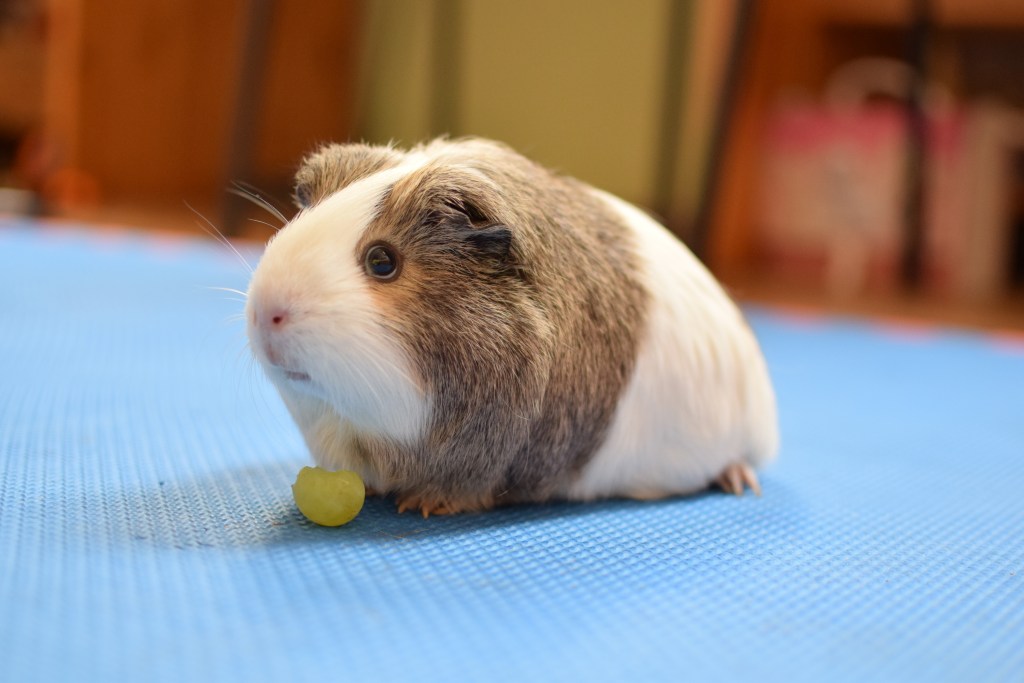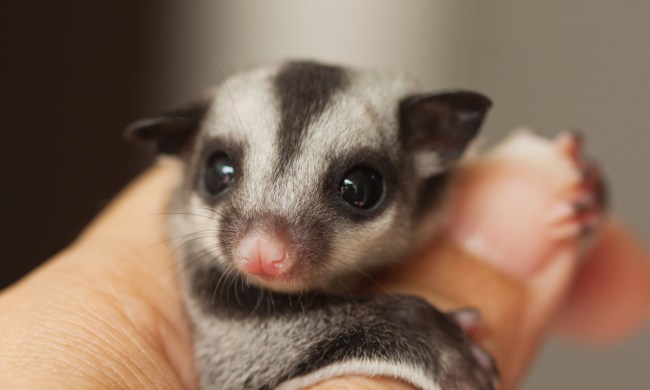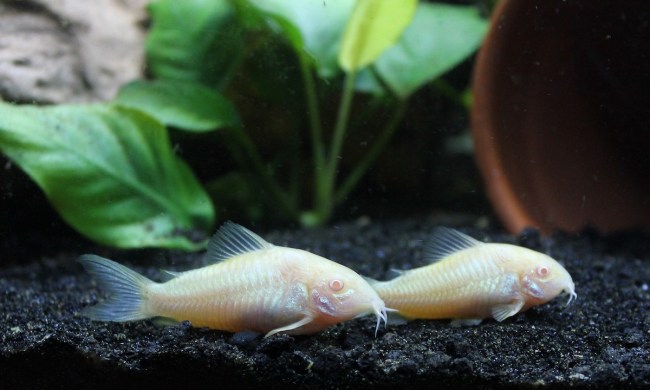If you’ve ever spent time deep in the South American forests, you’ve surely seen the guinea pig in his native habitat enjoying a healthy and varied diet (sadly, we haven’t). One minute he’s munching on the tall, thick grasses, and the next snacking on exotic fruit. Truthfully, your pet should be fed much the same way, and he will need a big mix of foods to stay healthy and happy. That means some hay, some veggies, some commercial pellets, and some fruits. Because he happily ingests some of the same things we do, that allows us to share the occasional snack with our favorite pet rodent. But can guinea pigs eat grapes? Yup, but with some caveats.

What should I be feeding my guinea pig?
As with their forest-dwelling cousins, your guinea will mostly eat hay. In fact, he’ll consume it basically constantly. Keep his cage full of it, which will help prevent his teeth from growing too long and make sure he stays full. You also want to give him a healthy supply of commercial pellets that contain the proper nutrition. Don’t stop there, though! If you ate only grass and dried food, you’d get bored pretty quickly, and so will your animal. Supplement his main meals with fruits and veggies both for his enjoyment and for his menu.
Which fruits can he eat?
You should mostly stick with veggies like leafy greens, daily helpings of them. Change up the type every day so that he’s getting different flavors, like kale one day and romaine the next. Fruit can also come as a special treat once per day, but only in much smaller quantities. All fruits contain sugars, and you don’t want to overdo it on the sweets for your rodent, just as you wouldn’t overdo it on the chocolate cake for you. But these critters need healthy amounts of vitamin C, which they can get from their fruit snacks if you choose them carefully. Kiwis, oranges, and grapes are all high in this nutrient and can be given to your pet. But start with small amounts and see if he takes a liking — and if his digestion agrees with them.
How often do I give him grapes?
Even if your guinea pig loves grapes more than anything in the world, you can’t just feed him these crunchy fruits all the time. He’ll get sick (not to mention chunky) quite quickly without the staples of his diet. Instead, think of grapes as a once- or twice-per-week special prize that you bestow when your pig has done something extra, like successfully completed his trick, for example. Some owners peel the fruit, but that actually reduces the amount of vitamins, so we recommend you leave that part alone. You should go ahead and get seedless, though, since you don’t want him to choke on them. And make sure those two special grape days aren’t right in a row. Make him eagerly anticipate his upcoming berry.

What can’t I feed my guinea pig?
While the majority of your basic fruits and vegetables will be welcomed by your little animal, there are a few you need to avoid. Ironically, many of your other pets, like dogs, are actually allergic to grapes, but of course, your guinea pig isn’t. However, like your other beasts, your piggy can’t eat chocolate or caffeine. You also want to steer clear of onions, mushrooms, peanut butter, dairy, and bread. Also, as strange as it sounds, you should never feed him iceberg lettuce or celery. Wait, what? While these are great snacks for you since they’re low to no-calorie, for your tiny mammal, that’s just filling space in his tummy without adding any calories or vitamins. When it comes to his vegetables, the darker the green the better.
If you want to make your shared treat a daily activity, swap in something else for the grape on the other days when it isn’t time for his weekly vine fruit yet. So, Monday might be grape day, Tuesday, orange day, Wednesday, kiwi day, Thursday, strawberry day … you get the idea. This way, you’re always splitting a snack but not giving him (or yourself) too much of a good thing. And don’t worry, he won’t let you forget when grape day rolls around.



